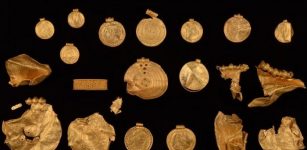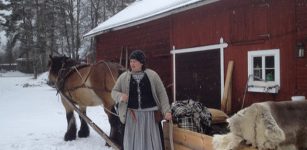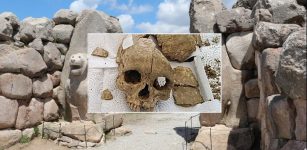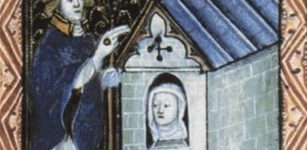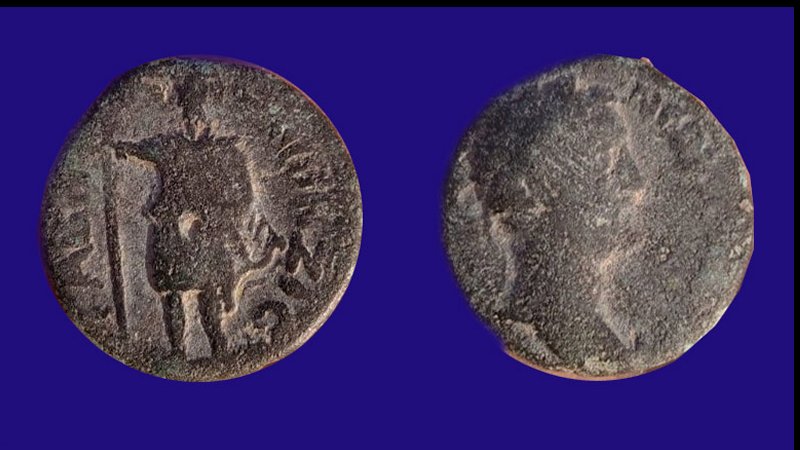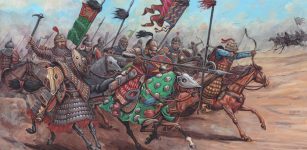History Of Jarlshof – Thousands Of Years Of History With Traces Of Picts, Vikings And Scots
MessageToEagle.com – Jarlshof is the ancient settlement located in the vicinity of Sumburgh Head, at the southern tip of the Shetland Mainland in northern Scotland.
It is one of the most unique archaeological sites ever excavated in the British Isles and Scotland’s most famous prehistoric archaeological site. It embraces more than 4,000 years of human history.
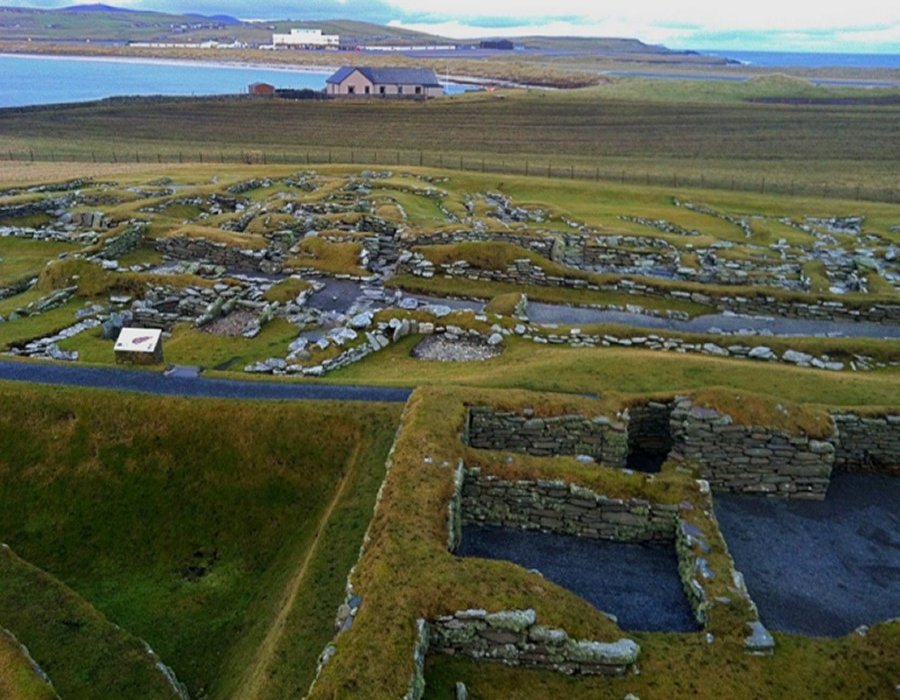
It was home to many different people over a very long time and excavations revealed late Neolithic stone houses, Bronze-Age village, Iron-Age broch and wheelhouses, Norse longhouse, medieval farmstead, 16th-century Scottish laird’s house, and a great variety of artifacts dating from 2500 BC up to the 17th century AD.
The name ‘Jarlshof ‘ which means ‘Earl’s mansion’, was given to this ancient site by Sir Walter Scott when he was writing ‘The Pirate’ , a novel, in which he refers to a fictional house based on the 16th-century laird’s house, the Old House of Sumburgh.
How did ancient people live at Jarlshof?
At Jarlshof, people lived for more than 4000 years, but how did they live? What was their life in the climate, which is windy, cloudy with rain falling on more than 250 days a year?
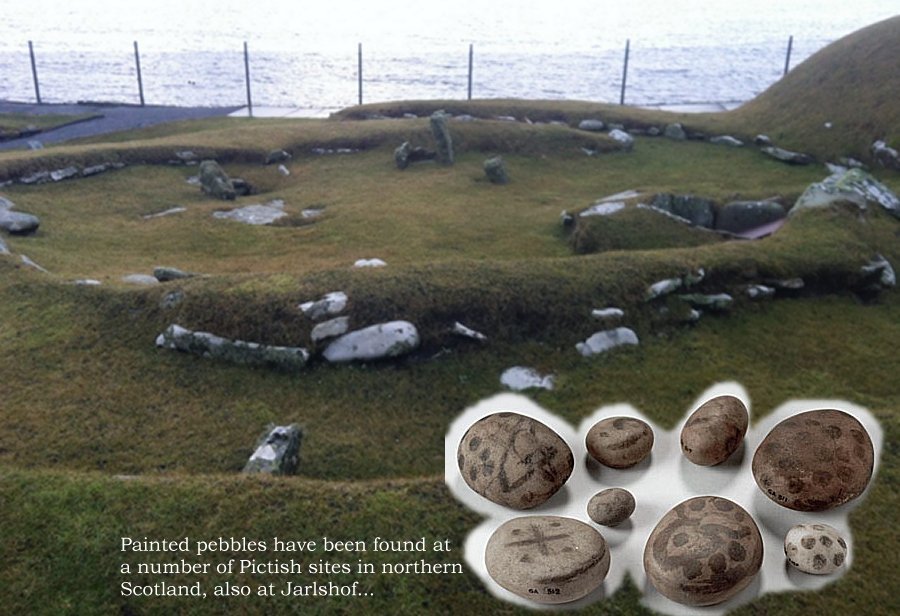
Why did the ancients choose to live in this particular place located so close to the Atlantic Ocean?
Jarlshof lay on fertile, well-drained slopes close to sheltered harbors with freshwater springs nearby. The Bronze Age settlers from over 4000 years ago left evidence of small, oval houses (thought to have been partly-subterranean at the time of construction ) with thick stone walls and various artifacts from times long gone.
To avoid the endless wind, there were two opposing door openings that faced away from the wind.
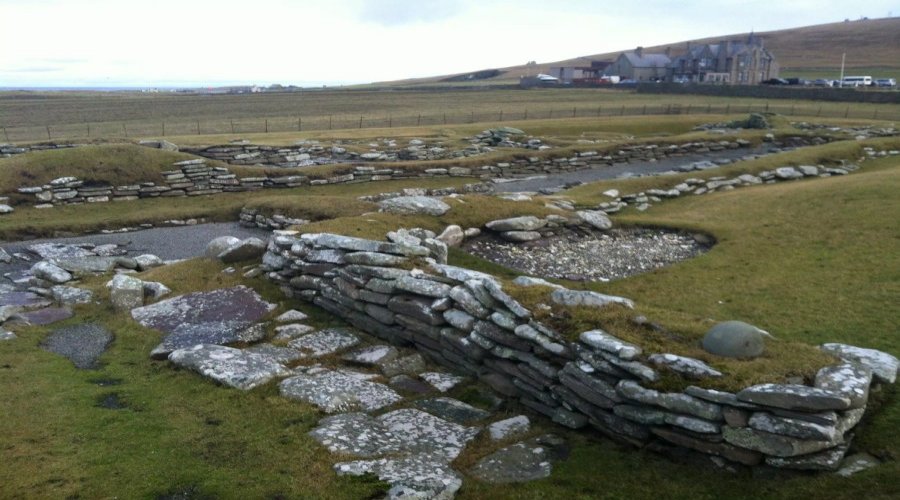
The remnants found at Jarlshof represent millennia of human settlement in Shetland. The earliest-dated artifacts found at the site were Neolithic pottery with an age of over 5000 years, although the earliest structures in the area have only been dated to around 2000BC.
The Iron Age ruins include several different types of structures including a broch, round construction, found only in Scotland, with two outer walls and a defensive wall around the site.
Jarlshof and the Viking connection
Over the years the typical Viking longhouses developed, with kitchen, living-hall, and byre at the lower end, all made from stone and turf.
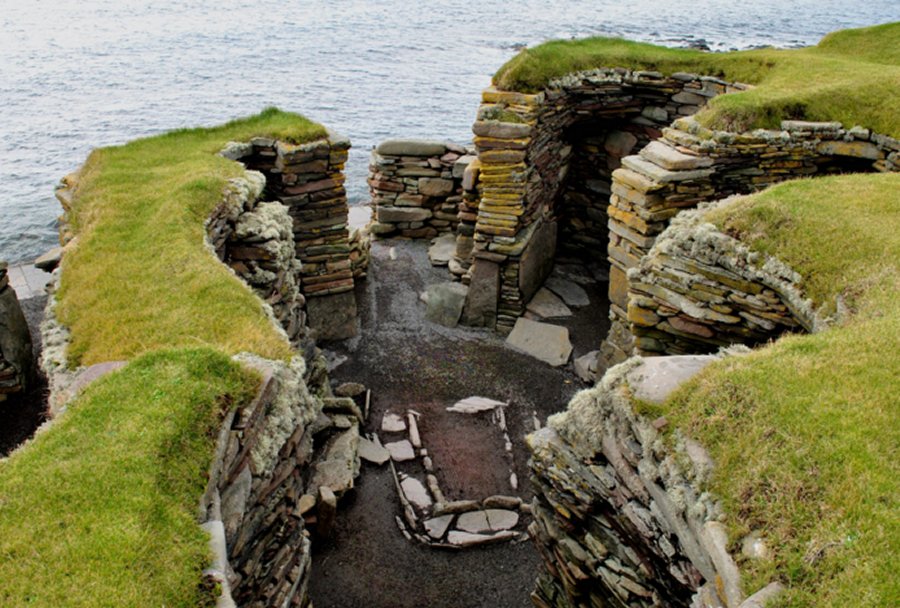
Objects found at Jarlshof such as bronze jewelry, net weights, games, and drawings reveal that the Norse were farmers, fishermen, and craftsmen as well as raiders.
The remains of up to 16 generations of Viking longhouses are still visible here because they were made from stone rather than the usual wood.
Jarlshof was a self-sufficient farm. Among other buildings, there were found: a bath-house, kiln for drying corn, blacksmith’s workshop, several roads, and pavements.
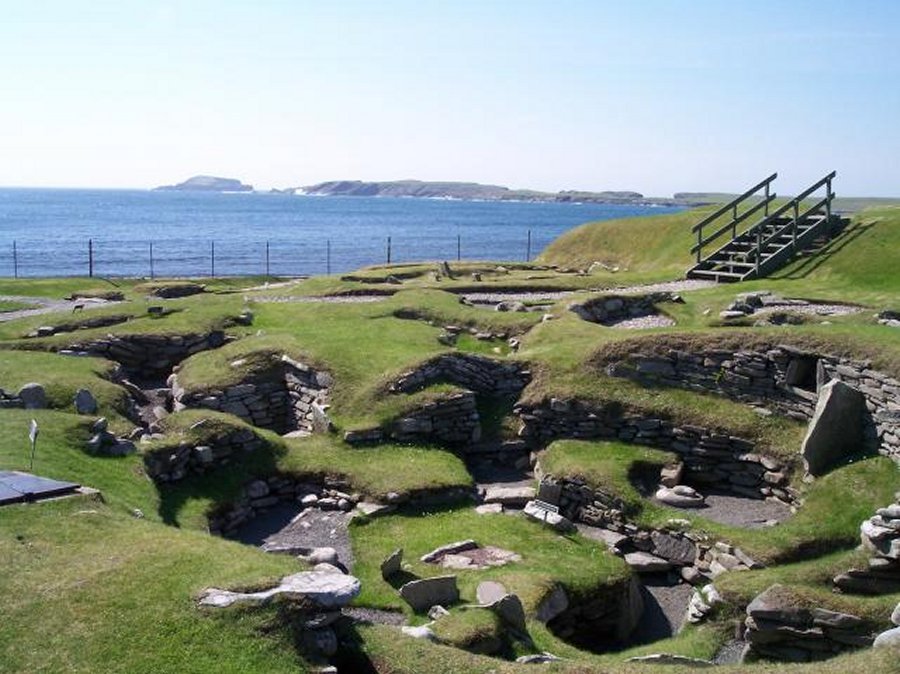
Life revolved around farming. Barley and oats were grown; sheep, cattle, pigs, and ponies were kept; and fishing became a major activity, both inshore and in deeper waters. Many domestic items were found here, either forged out of iron, carved from bone or antler, or sculpted from local steatite, or soapstone.
It’s the most extensive site of Viking remains in the whole of Britain.
By the 13th century, a medieval farmhouse replaced the longhouses, showing the change in society.
After Shetland passed to Scotland in 1496 a Scottish Lairds house was built on the site, the final major structure. It was called the Old House of Sumburgh, Old Norse borg, which means “fort”.
Copyright © MessageToEagle.com. All rights reserved. This material may not be published, broadcast, rewritten or redistributed in whole or part without the express written permission of MessageToEagle.com
Expand for references
